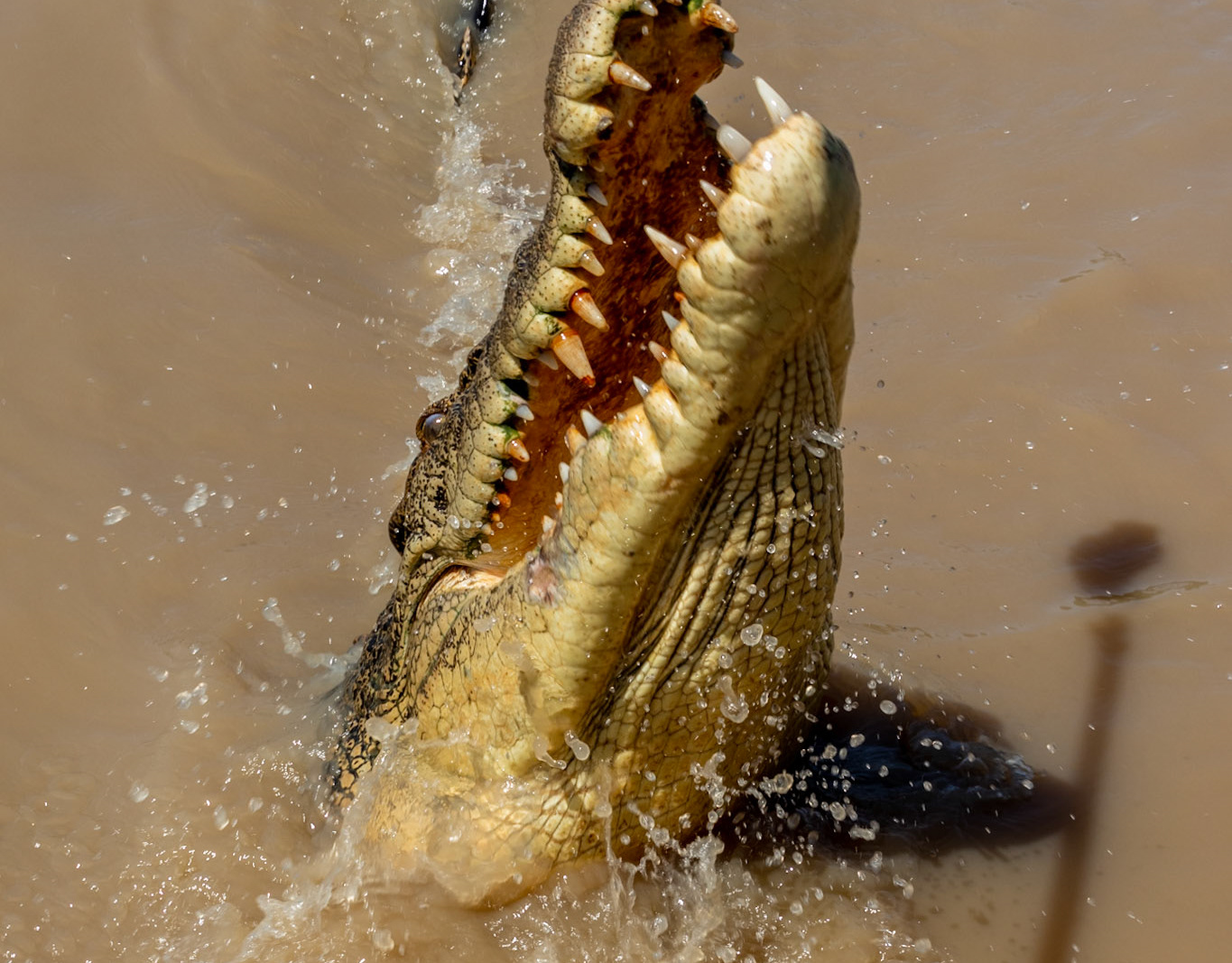Ubirr. Taken with Canon EOS 5D Mark IV + EF 24-70mm f/4 IS USM - Aperture : f/22 - Speed : 1/8s - ISO : 100
Pied heron. Taken with Canon EOS 5D Mark IV and EF 100-400mm f/4.5-5.6L IS II USM. Aperture : f/8 - Speed : 1/500s - ISO : 160
Saltwater crocodile surfacing in the Yellow Water Billabong. Taken with Canon EOS 5D Mark IV and EF 100-400mm f/4.5-5.6L IS II USM. Aperture : f/8 - Speed : 1/640s - ISO : 320
Arnhem Land. Taken with Canon EOS 5D Mark IV + EF 24-70mm f/4 IS USM - Aperture : f/22 - Speed : 1/1000s - ISO : 100
Injalak Hill. Taken with Canon EOS 5D Mark IV + EF 24-70mm f/4 IS USM - Aperture : f/16 - Speed : 1/500s - ISO : 640

